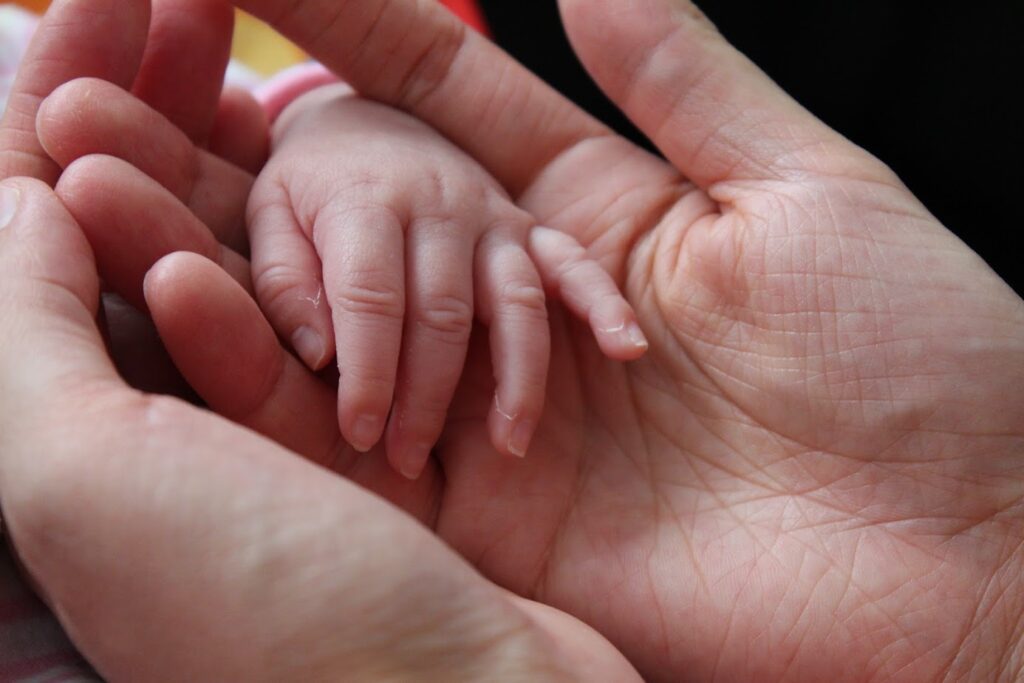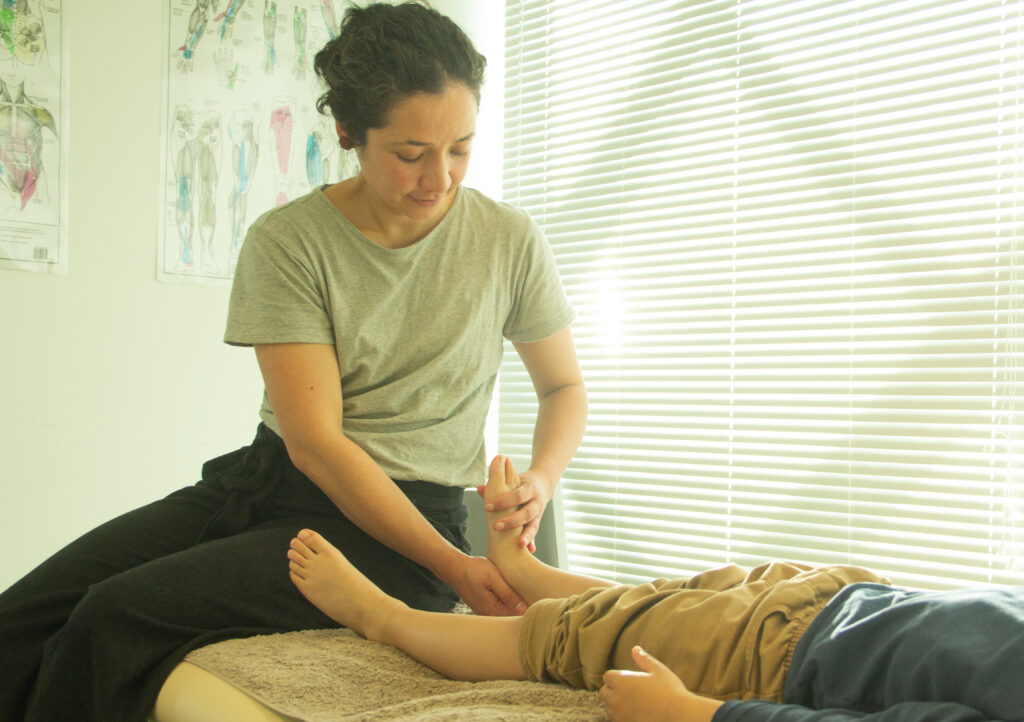Osteopathy for babies and kids
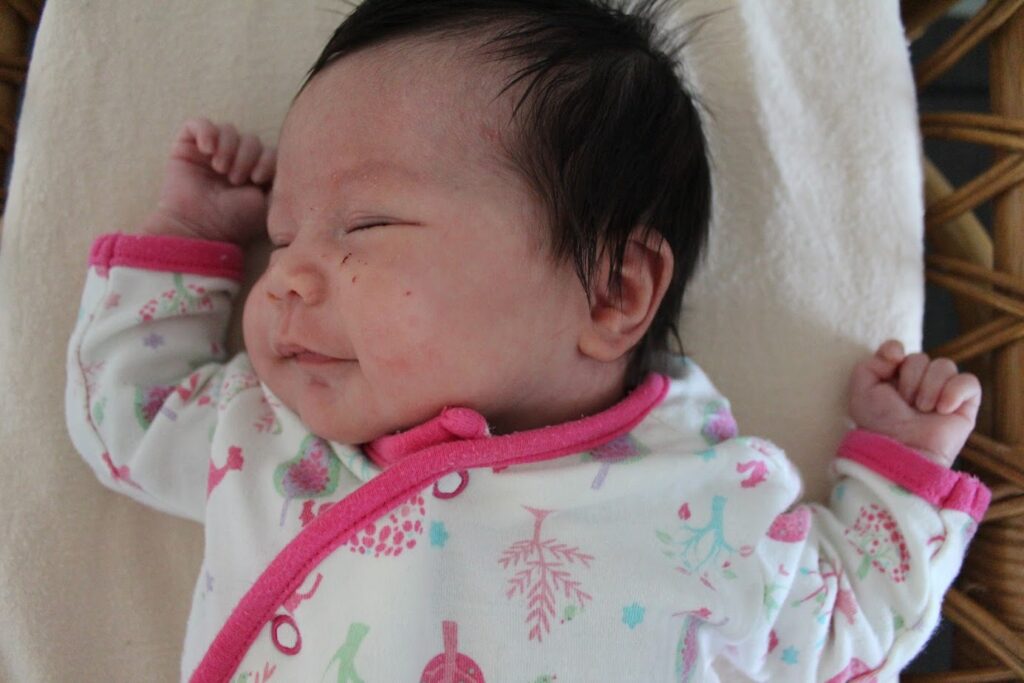
Since starting in practice in 2009, I’ve had a genuine passion for working with babies and kids. Being part of their growth and well-being has been a rewarding journey and has been a driving force in bringing osteopathy to our community. To support your little ones care, I have completed further courses in orofacial myology, primitive reflexes and neurodevelopmental delay, and biodynamic cranial osteopathy. Having two kids myself has also given me further insight and appreciation towards experiences for little ones, and their families.
I understand it can be a little daunting to bring your little one to a new space, and a new face. Our consultation are flexible to allow for you and your little one to tell your story of why you are here. Bring some books, toys or allergen-free snacks (considering nut and egg allergies) if you think it may be useful. If you forget, don’t worry, we have our own beloved books and toys to make their visit enjoyable. You are welcome to feed or change your baby during the session as well, and they can even fall asleep. I work towards helping babies, kids and their adults to have a free flowing and comfortable consultation, so just pick a time that you think will suit you and your child, and I will take it from there.
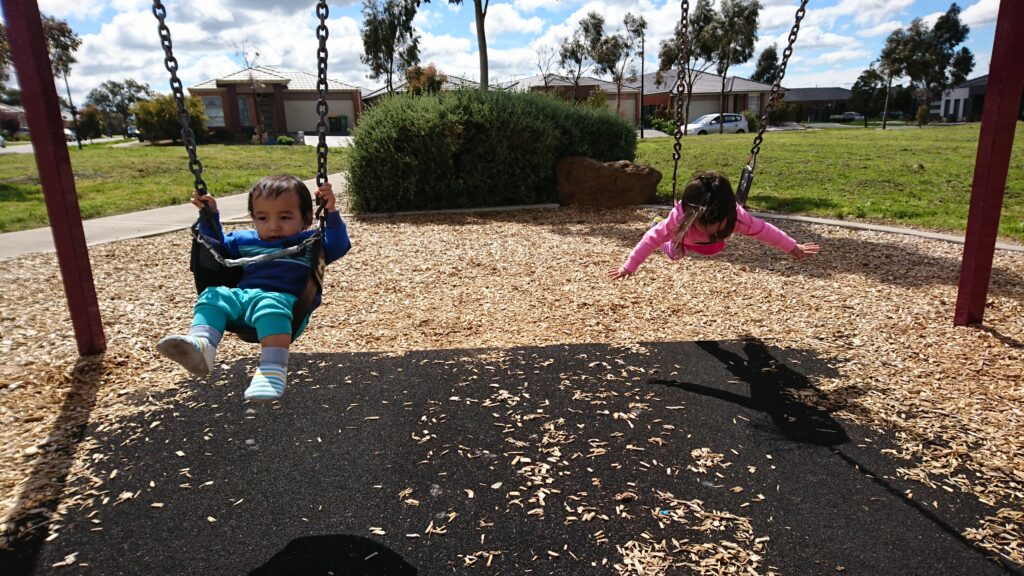
The osteopathic consultation begins with us talking about why you and your child have come in, followed by a detailed medical history. Then it’s a hands-on examination that can include assessing joint motion, muscle tension, reflexes, gross motor movement, as well as any further assessment specific to their area of concern. Feel free to bring any other information along, such as the ‘green book’ or scan results or letters. From here, I will walk you through their treatment plan and approach, ensuring you are informed about next steps before hands on treatment. And remember, questions are always welcome.
_______________________________________
Common presenting conditions in babies:
- Preference in turning their head to one side only; this may lead to positional plagiocephaly, or a ‘flat spot’ on the side of the head they turn to
- Feeding issues
- General irritability
- Movement restrictions or asymmetrical movements
Common presenting conditions in children:
- Pain and restrictions following falls or injuries
- Movement asymmetries
- Postural issues
- Back pain, headaches, limb pain
I happily work alongside your greater healthcare team, liaising with your GP, maternal child health nurse, lactation consultant, paediatrician or any other health care professionals.
